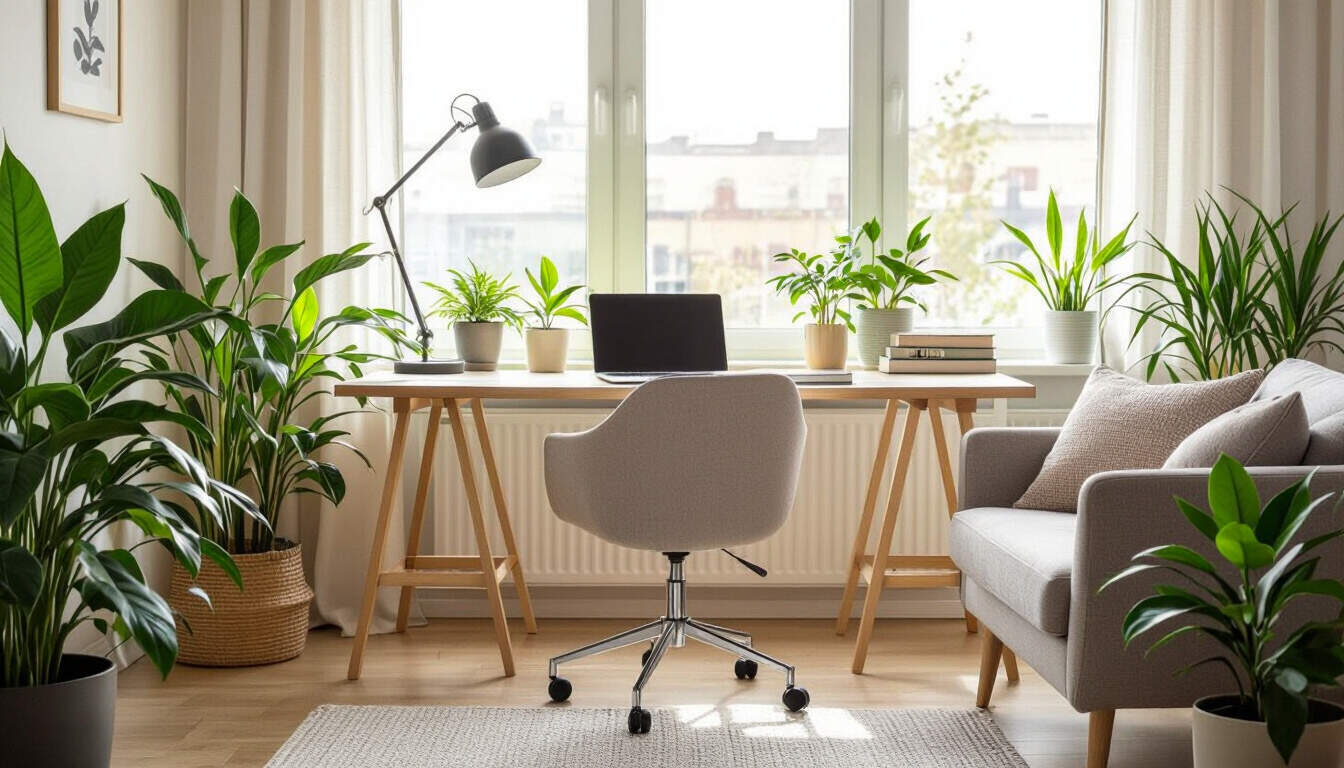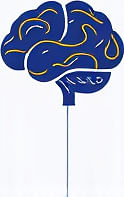Environmental Controls for ADHD in Remote Work
 by Lilian Nienow
by Lilian Nienow
Discover practical strategies for managing ADHD through environmental adjustments in remote settings. Learn how simple changes can improve focus, reduce distractions, and enhance productivity while maintaining work-life balance for adults with neurodivergent conditions.

Remote work offers flexibility, but for adults with ADHD, it can present unique challenges like distractions and difficulty maintaining focus. Environmental controls play a key role in creating a supportive workspace that promotes productivity.
Many individuals with ADHD find that their surroundings directly influence their ability to concentrate. By adjusting elements in their home office, they can foster an environment that aligns with their needs. For example, lighting is essential; bright, natural light can help reduce fatigue and improve mood during work hours.
One effective approach is to organize the physical space. Clutter can overwhelm the senses and disrupt workflow, so keeping the desk clear and using storage solutions helps maintain order. This method supports daily routines and allows for better task management. ADHD often involves heightened sensitivity to stimuli, making it important to minimize unnecessary items in view.
Sound management is another vital aspect. Background noise from family or neighborhood activities can interrupt concentration. Using noise-cancelling headphones or a white noise machine creates a quieter atmosphere, enabling deeper focus on tasks. These tools are particularly helpful for extended work sessions.
Temperature control also matters. An overly warm or cool room can lead to discomfort and restlessness. Setting the thermostat to a comfortable level ensures that the body stays regulated, which in turn aids sustained attention.
Practical Hacks for Daily Use
To make these adjustments actionable, consider implementing specific hacks. First, establish a dedicated workspace that is separate from relaxation areas. This separation helps signal to the brain that it's time for work, reducing the likelihood of procrastination.
A simple hack involves using timers for work intervals. Set periods of focused activity followed by short breaks, which can prevent burnout and maintain energy levels throughout the day. This technique, when combined with environmental tweaks, enhances overall efficiency.
For visual aids, color-coding files or digital folders can streamline organization. Assigning colors to different projects makes it easier to locate items quickly, supporting a smoother workflow.
Building Work-Life Balance
Achieving balance is crucial for long-term well-being. Adults with ADHD may struggle with boundaries in remote settings, where home and work blend. Creating routines that include regular breaks for movement or relaxation helps recharge the mind.
Incorporate elements of nature into the environment, such as plants or outdoor views. These additions can provide a calming effect and improve mental clarity. Productivity often improves when the space feels inviting and less sterile.
Peer support can be beneficial too. Connecting with others who share similar experiences offers encouragement and new ideas for adjustments. Online communities provide a space to share successes and challenges without judgment.
Overcoming Common Obstacles
Sometimes, initial changes don't work as expected, and that's okay. Experimenting with different setups allows for personalization. For instance, if a standing desk helps with fidgeting, it could be a game-changing addition, though the focus remains on what feels right.
Tracking progress through journals or apps can highlight what environmental controls yield the best results. This reflection promotes self-awareness and empowers individuals to make informed decisions about their space.
In essence, these strategies emphasize empathy and self-care. By prioritizing environmental adjustments, adults with ADHD can create a remote work setup that supports their strengths and minimizes difficulties.
Tips for Sustained Implementation
To keep changes effective, integrate them into daily habits. Start small, like adjusting lighting each morning, and build from there. Consistency leads to lasting improvements in focus and satisfaction.
Remember, everyone's needs are unique, so adapt these suggestions to fit personal preferences. With patience and practice, environmental controls can become a foundation for thriving in remote work.
